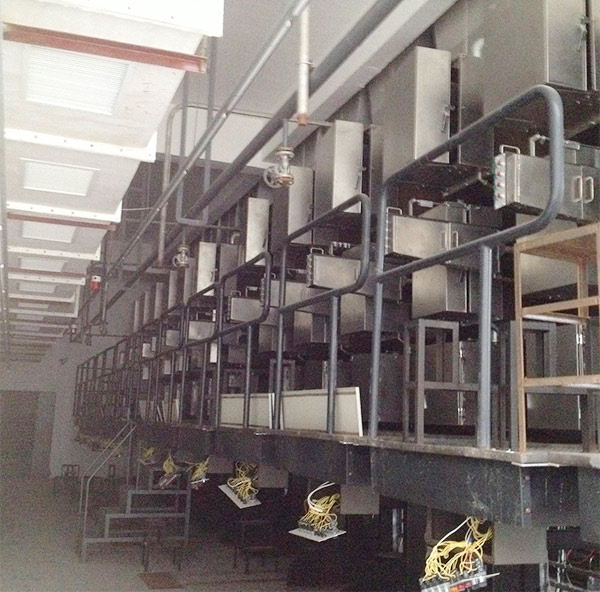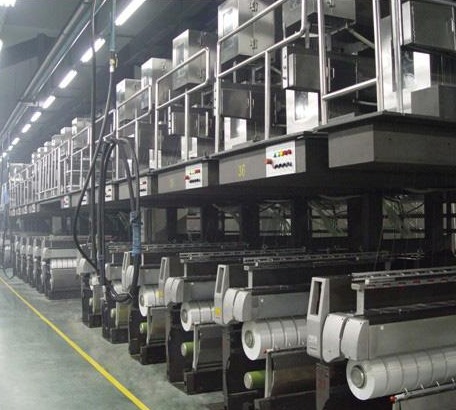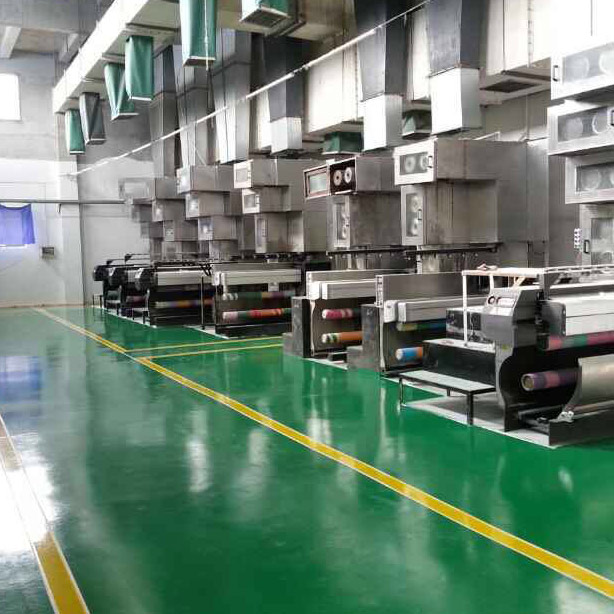- Polypropylene spinning machine
- Polypropylene FDY equipment
- Polyester POY spinning machine
- Polyamide FDY common and high strength equipment
- Polyester FDY equipment
- Polyester high strength equipment
- polyester、Polyamide、 Polypropylene BCF equipment
- Small spinning machine
- All kinds of spinning special parts
- Fubon 2024 wonderful review | Dragon Teng four seas family music, snake dance Kyushu everywhere new, I wish you all the best, accompanied by good luck!
- Textile industry alarm sound | EU sanctions escalation, trade winter is coming, how to break through the textile industry?
- China Shaoxing Textile industry new quality productivity development Forum was held
- Polypropylene spinning machine is the pioneer of excellence in the field of chemical fiber manufacturing
- Management methods | As new managers face many challenges with their changing roles, managers must learn strategies not to detente

- Contact:Mr. Huang Guofu
- Cel:0086-13901505556
- Fax:0086-519-83341119
- Email:czfb5556@126.com
- Add:No. 288-8 ChangLi Rd, Huangli Town, Changzhou, JS PRV.
On December 21, 2020, in accordance with the “Adjustment Plan for the Provisional Import Tariff Rates for 2021” issued by the Tariff Commission of the State Council, the 1% tariff rate for imports within the tariff quota of cotton will remain unchanged. With additional imports of cotton, a tentative tariff is implemented in the form of sliding tariffs. In short, the threshold of sliding tariffs in 2021 has been lowered compared with 2020.
According to common sense, sliding tariff cuts are beneficial to imports, and should be negative for cotton. The actual situation is that Zheng Cotton has rebounded significantly after two consecutive days of callback. It can be seen that tariff adjustments have limited impact on the cotton market. According to the requirements of the document, the purpose of tariff adjustment is to support the accelerated construction of a new development pattern and promote high-quality economic development, not to suppress the cotton market. As we all know, the world has experienced the unprecedented new crown epidemic this year, and various industries have been impacted to varying degrees. The tax rate cut this time will reduce the burden on entities to a certain extent. According to rough calculations, importing one ton of cotton can be cheaper than 200 yuan.
The mutation of the British virus has recently brought an impact on bulk commodities, and the cotton market is no exception. However, according to Zheng Cotton’s reaction today, the market has gradually returned to rationality after returning to calm. Currently, downstream orders are improving and cotton raw materials are gradually being restocked. , Cotton prices do not have the basis for a sharp drop, after all, the demand is still there. Of course, don't expect much room for a rebound in the short term. Under the influence of virus mutation in the short term, crude oil is facing greater pressure from the previous high, and it is difficult for bulk commodities to rise sharply in the short term, and continue to maintain a range of fluctuations.
- Fubon 2024 wonderful review | Dragon Teng four seas family music, snake dance Kyushu every
- Textile industry alarm sound | EU sanctions escalation, trade winter is coming, how to bre
- China Shaoxing Textile industry new quality productivity development Forum was held
- Polypropylene spinning machine is the pioneer of excellence in the field of chemical fiber
- Management methods | As new managers face many challenges with their changing roles, manag
- We will vigorously build advanced manufacturing clusters to promote high-quality economic
- The heating part of the polypropylene spinning machine is called the hot roll
- Textile news | The textile industry is making efforts in the field of digital science and
- 2024 thousands of customers into Shengze men's fabric special matchmaking meeting was held
- Polypropylene small testing machine covers a small area




